Grieve With HopePrzykład

THE FALSE BRIDGE
Christians sometimes try to take the false bridge. They try to move from the loss directly to new beginnings without allowing themselves to feel anger or hopelessness. Consider the following biblical examples that show that grieving is an appropriate response to loss.
BIBLICAL EXAMPLES
The psalmist cried to God day and night when he was in exile, remembering all he had lost. Read Psalm 42:3-5
Jesus expressed painful emotions on the cross. Read Matthew 27:46
Facing the pain of loss takes courage. We are tempted to avoid it. But if we do not grieve a loss, the grief will stay in us and fester.
SOME TYPES OF LOSSES CAN BE HARDER TO ACCEPT
Sometimes, some situations can make grieving even more difficult. These situations can block the stages of grief. Flip the cards below to read examples, or click the play button to hear them read.
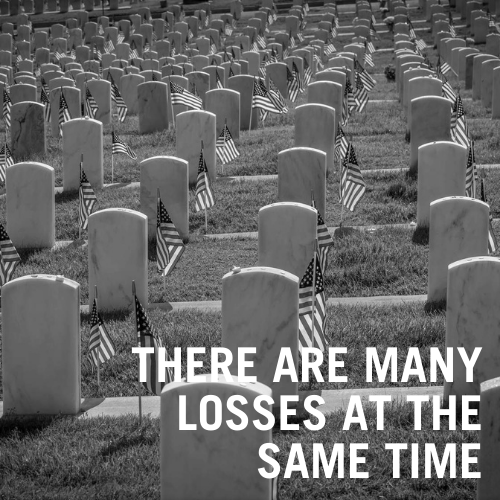
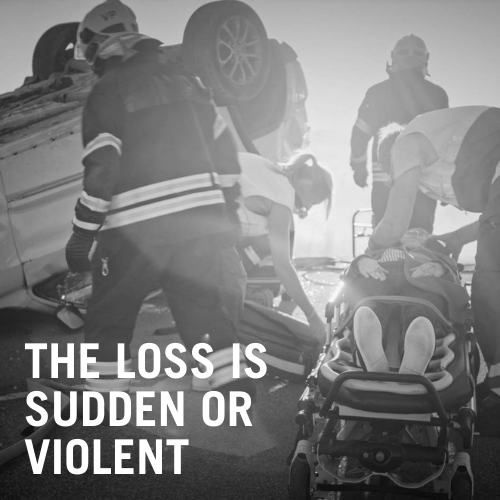
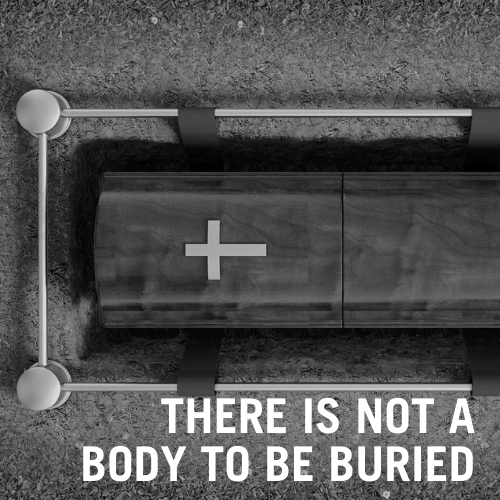
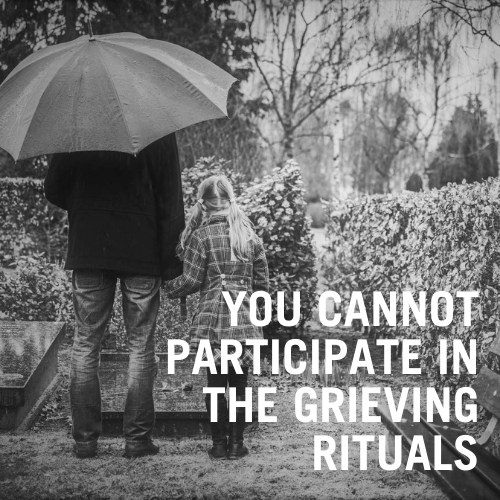


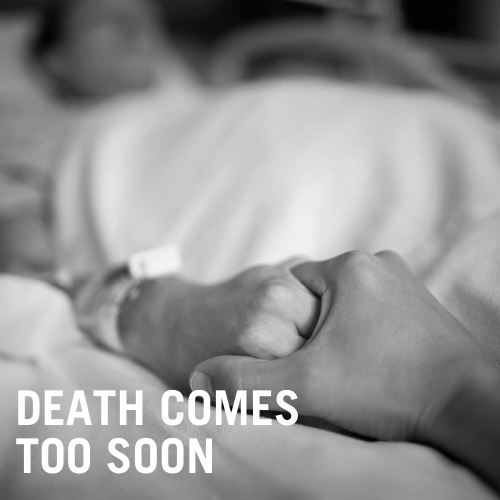

Sometimes the grief journey is delayed. Sometimes it is necessary to set aside losses to maintain focus. We just keep going because of the mission, our unit responsibilities, or because we are not safe to talk about the issue. When we are safe and able to reflect on this, we will need to take the grief journey.
REFLECT & RESPOND
Optional Tip: Journaling your responses to the scripture and follow up questions can help you process what you're learning and see your progress towards healing over time.
Read Psalm 38:6-10 and Psalm 40:1-3 and reflect as you think about your grief journey. What was your grief journey like? Did you loop back or get stuck along the way? Did you try to take the false bridge? Did you have to delay the journey?
O tym planie

Grieving is not weakness. It’s a necessary step on the road to healing. In this study, you will explore God's Word and reflect on what grieving is, healthy grieving, and when grieving is difficult. This study is part 3 of the Never Alone: Trauma Healing series. While written for the military community, the themes apply to anyone who has experienced intense trials and wants to heal.
More









